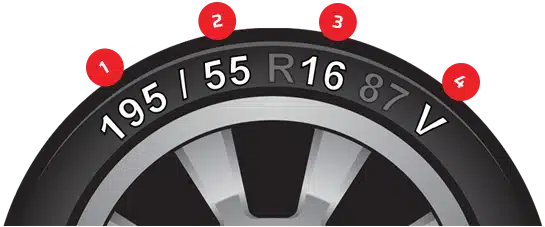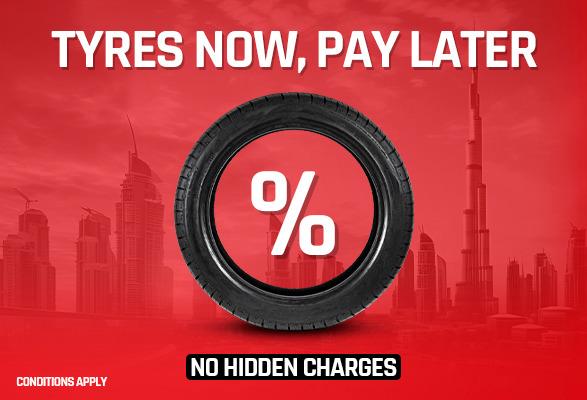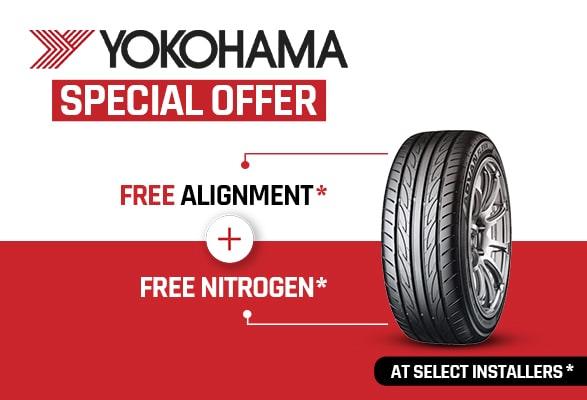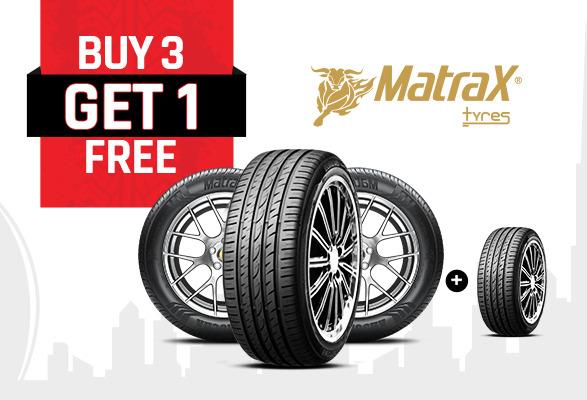Different Types of Winter Tires
Over the last couple of weeks, our focus has been on driving in winter conditions and rightly so. We have talked about how UAE citizens find themselves driving in Europe or around the world in the peak winter season. This article is also focused around driving in winter conditions. It will prove useful to people looking to travel outside the UAE in the winter season.
As we all know by now, there are different sets of tires available to drivers. We have the summer tires, winter tires, all-season tires, off-road driving tyres and various other types as well. Interestingly, there are further classifications in these types of tyres as well. Ultimately, the driver ends up with a wide variety of tyres to select from.
It can be quite confusing for someone who is not so well versed in tyres. The same is true for winter tyres. There are various types of winter tyres, each designed for specific purposes. They have their advantages and disadvantages. Therefore, in this article, we will be discussing the different types of winter tyres and which one is the best choice.
Some of you might feel the urge to skip this article. However, as said before, you never know when you might need to drive in winter conditions. Therefore, keep reading, and you will surely learn something useful and exciting at the same time.
Studded Tires
The first tyres in the list of possible winter tires you can select from is studded tyres. Some of you might recall the earlier article that talked about studded tires. If you do not remember, there is no cause for worry. Studded tires derive their name from the metal studs which are installed into the tire’s tread.
They perform almost the same functions as the studs on footballing shoes. They improve the grip of the car on loose surfaces like snowy or icy roads. The studs dig into the surface, improve the grip considerably. Hence, the possibility of skidding on a snowy or icy road is reduced quite a lot.
For the best performance and traction, the studs must be fitted onto all four tires. Installing tires only on front wheels in FWD or rear wheels in RWD is not recommended. However, despite the many advantages of studded tyres, they are banned in a lot of countries.
The ban is because of the damage they cause to the road. The studs bite into the road, which causes the surface to break.
Non-studded Winter Tyres
The second type of winter tyres that are available for selection is the non-studded winter tyres. They are more commonly referred to as winter tyres. As the name suggests, these tyres do not have any studs installed in the tyre's tread. These tyres can be identified by a three-peak mountain and snowflake symbol inside it. The emblem is located on the tire's sidewall.
These tyres are designed for extreme winter use. No matter if the road is covered with hard snow, driving with winter tyres will feel like normal everyday driving. Winter tyres cannot be used when the temperature crosses 7°C. The secret behind the excellent performance characteristics of winter tyres is the rubber compound which they are composed of.
The unique rubber compound stays soft even in low temperatures. Typically, what happens is that rubber compound starts stiffening when the temperature drops. Hence, the tyre is unable to flex according to the road conditions. Therefore, it is unable to provide traction, and the car starts to skid. It is not the case with winter tyres.
Moreover, they feature distinctive tread pattern and sipes, which make driving on snow extremely easy and safe.
All-Weather Tyres
Before you get confused or decide to skip this point altogether, kindly note that all-weather and all-season tyres are different. Many people regard the two types as similar, which is not valid. All-weather tires are designed for driving in conditions above and below 7°C. You might be wondering that all-season tires offer the same characteristics as well. So, where is the difference?
The difference is that all-weather tires offer much better traction in winter months than all-season tires. Another difference is that if you are caught using all-season tyres in winter months, expect a hefty fine in most countries. However, if you are using all-weather tires, all is well.
All-weather tires can be used on light snow and during heavy rainfall. However, if the snow is hardened, all-weather tires do not guarantee the best traction. The tires feature an aggressive tread pattern and are composed of a rubber compound which offers flexibility in varying temperatures.
One of the best things about all-weather tires is their ability to provide excellent handling in varied conditions. Moreover, the tires feature unique sipes which drain away out the water and snow, ensuring outstanding traction.
All-Season Tires
As the name suggests, these tires are designed for driving in all four seasons. However, it is not exactly right. Despite its name, the tyres cannot be used in areas which experience a lot of snow during the winter months. Therefore, it is better to call them 3 season tires.
These tyres are only designed for driving in very light snow conditions. Therefore, if your area receives a lot of snowfall every year, consider buying another type. As stated before, if you are caught using them in winter, you are likely to be fined.
The reason that all-season tyres do not perform as well in snowy conditions is because of the rubber compound which they are composed of. All-season tyres use a harder rubber compound to extend the durability of the tyre. A hard rubber compound hardens up in lower temperatures, impacting their performance and traction characteristics.
The overall tread pattern is designed to increase the durability and reduce the noise. During snowy conditions, the snow is clogged between the tread, thereby, reducing the traction. Therefore, these tyres are only recommended if your area gets occasional snow.
Which is the Best Choice?
This question is usually the hardest to answer in most cases. However, not today! Non-studded winter tires have improved a lot over the years. It is due to the continuous innovation in the tyre industry. They perform well in extreme winter conditions, doing away with the need of installing studs on your tires.
Moreover, studded tires are banned in a lot of countries because of the damage they cause to the roads. Another characteristic which needs to be kept in mind is the amount of snowfall your area receives. If the snow occurs rarely, you can still use all-season or all-weather tyres, as they are enough for driving in such conditions.
In case, snowfall is the norm in your area, the best choice and most obvious choice is the non-studded winter tyres.

















































Conclusion
Cost is no doubt, a significant issue for most drivers. Many of us cannot afford to switch between tyres regularly. It is the reason that many people simply keep driving on their all-season tyres throughout the year. PitStopArabia stresses that while winter tires are no doubt an additional expense, but they assure your safety. Therefore, do not compromise on the safety and buy a set of quality winter tyres if your area receives regular snowfall.